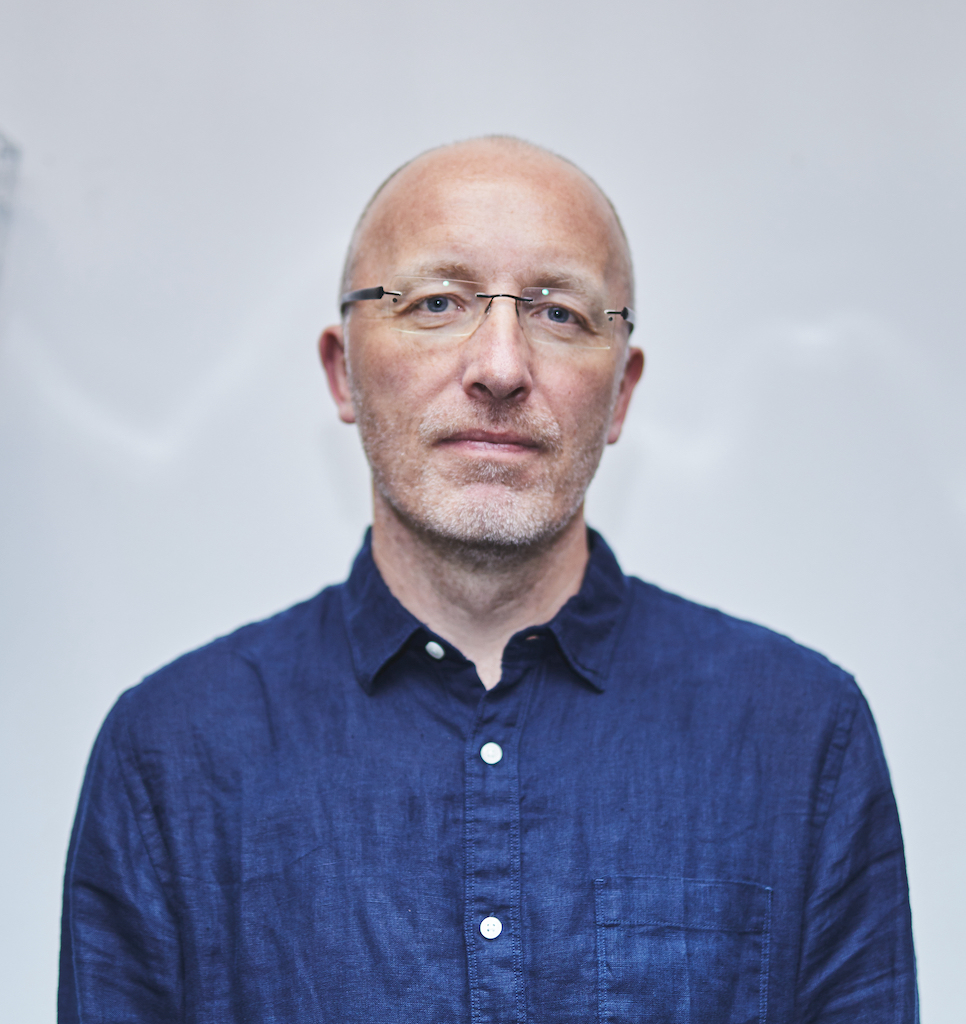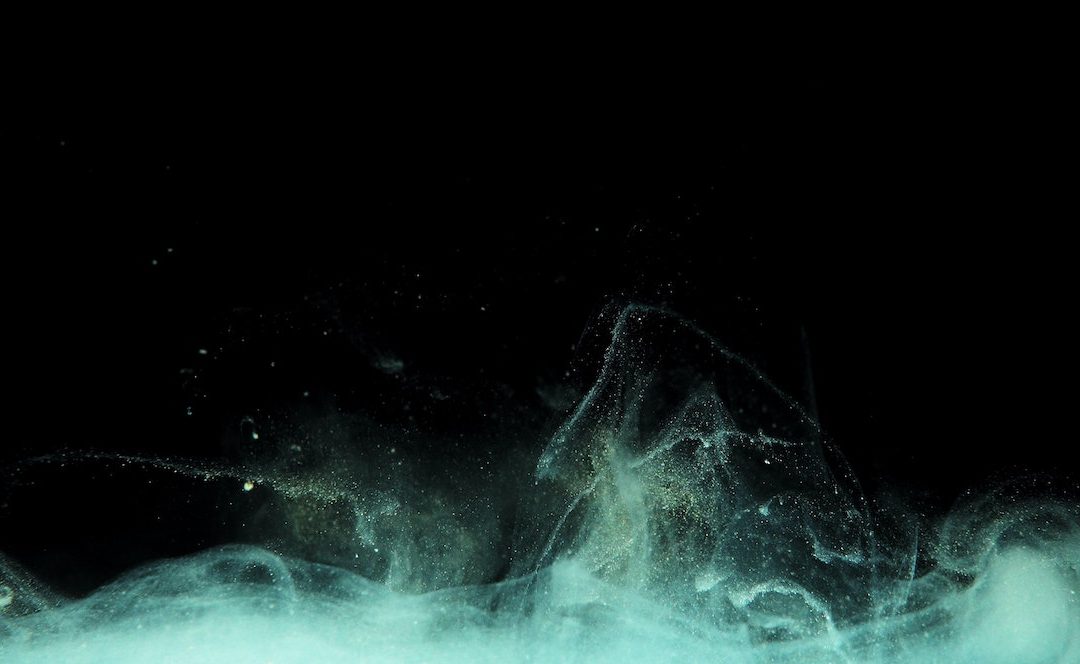Here’s a question to ponder: When you think about the physical therapies — touch, movement, exercise, electrotherapy, hydrotherapy, and so on — do you naturally think about one human doing something to or for another? If you do, you’re not alone, because almost the entire canon of physiotherapy theory, research, and writing assumes the same thing. But take a moment to think about this.
Given that touch mediates everything going on in the cosmos, from the collisions of sub-atomic particles to the emotional connections we have with our parents, doesn’t it seem strange that sometime in the profession’s past someone decided our work should be limited just to people? Who decided this? When and why?
The same goes for movement. There is nothing, literally and figuratively nothing, in the entire universe that does not rely on movement for its existence and its capacity for creation. One entity moves towards another and a third entity is born. Even dead things are moving and in their deadness their movement can become therapeutic. But how does this relate to physiotherapy?
In an article just published in the journal Frontiers in Rehabilitation Sciences I asked what therapeutic touch means to physiotherapists and how we might think differently about it (Nicholls, 2022). I began the article with this:

David Nicholls (PhD)
Prof Critical Physiotherapy
David is the inaugural professor of critical physiotherapy at AUT University, New Zealand. He is a physiotherapist, lecturer, researcher, and writer with a passion for critical thinking in and around the physical therapies. David is the founder of the Critical Physiotherapy Network, that promotes the use of cultural studies, education, history, philosophy, sociology, and a range of other disciplines in the study of the profession.
If a leaf falls from a tree in autumn and, by decaying, feeds the soil, can we say that this is an act of therapeutic touch? If not, why not? Because therapeutic touch only applies to humans, we might say. But is this true? Surely, it is therapeutic when our pet dog senses some unhappiness in us and rests its head on our knee? Ah yes, but does the dog intend to act therapeutically? Surely, for touch to be therapeutic, it must be intentional? However, is this also true? Don’t many acts of therapy happen when we touch someone without us knowing or intending their effects? So if we cannot think of therapeutic touch as exclusively human or intentional, is there anything—beyond the obvious differences in kind—that differentiates a massage technique like petrissage from a leaf falling from a tree? In other words, are they different ontologically? And why does this matter? (Ibid).

The article goes on to argue for a radically expanded idea of touch in physiotherapy and, in doing so, critiques some of our most taken-for-granted assumptions. Biggest of these, perhaps, is that physiotherapy is by humans, for humans.
In recent years, there has been a flood of interest in new philosophies that break away from the anthropocentric (human-centred) tradition of Western thinking, even in healthcare, where philosophies like new materialism, object oriented ontology, and speculative realism have become hugely popular fields and widely applied. We’ve even seen physiotherapists writing about post-humanism, objects, and the affect of things, exploring the writings of people like Karen Barad, Jane Bennett, Rosi Braidotti, Nick Fox, Graham Harman, Bruno Latour, and Tim Morton.
But in this article, I take on Gilles Deleuze and his concept of Machine Ontology. To my mind, Machine Ontology is the original, and still the best, philosophy of things, and opens up so many opportunities to rethink the physical therapies. As a new way to explain the nature of all things, it’s often complex, and sometimes the writing is confusing because Deleuze was trying to explain how everything works in the cosmos without falling back on the language of the past. The result is, I think, the most thrilling and important rupture to physiotherapy thinking since its inception.
So, how do we touch an impossible thing? By making it possible, of course.
Reference
Nicholls, D.A. (2022). How do you touch an impossible thing? Frontiers in Rehabilitation Sciences. https://doi.org/10.3389/fresc.2022.934698
Image credits
Header image: Denis Stefanides on Unsplash
Image in text: Kristian Seedorff on Unsplash

